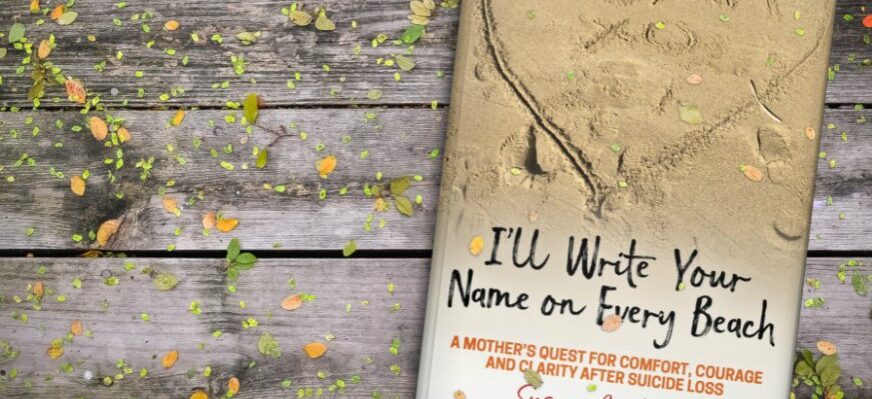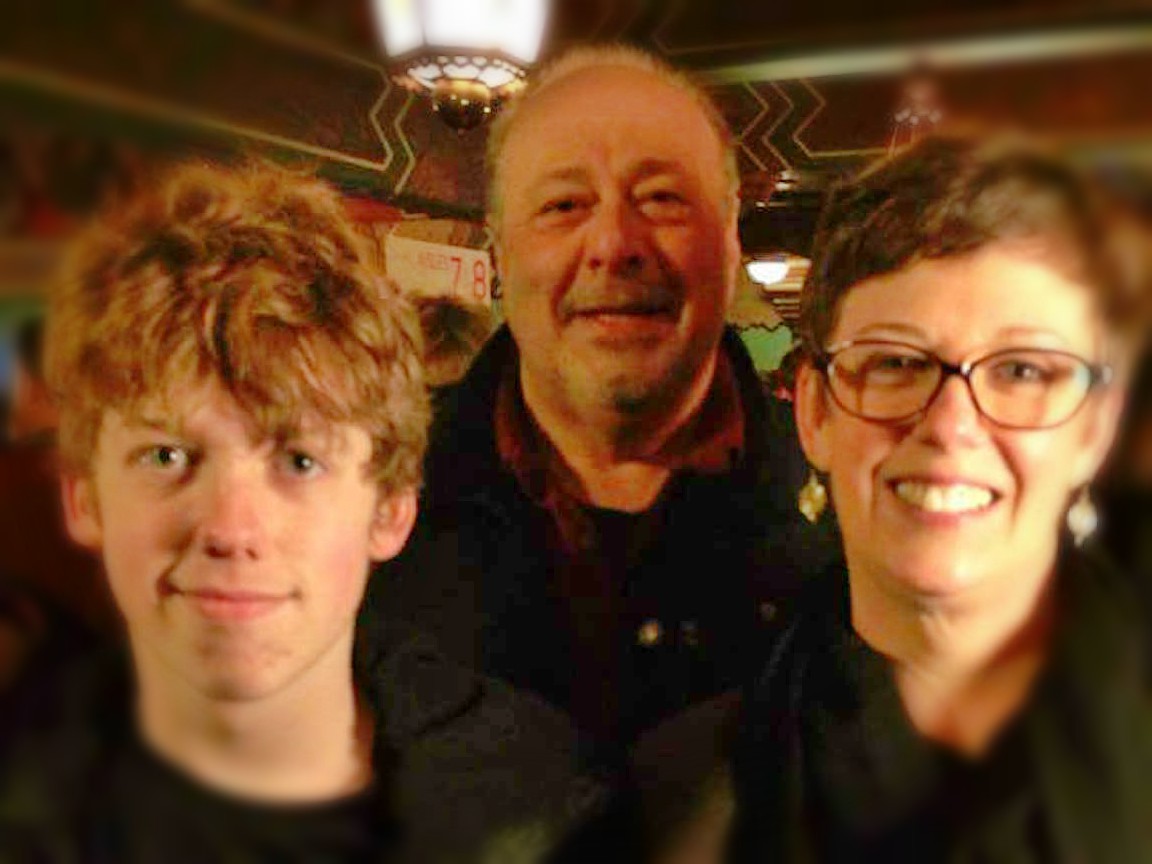“Auerbach’s intimate story will resonate with anyone who has lost a child to suicide. She is a gifted writer with a unique ability to observe and articulate what she was feeling as she journeyed through shocking loss and complicated grief. Readers will relate to her emotions, admire her courage, and be inspired by her commitment to make a difference. It is rare to find such an eloquent and powerful work in suicide grief literature.”~Ronnie Susan Walker, MS, LCPC Founder & Executive Director, Alliance of Hope for Suicide Loss Survivors
A mother came home from work to find her 21-year-old son Noah’s body in her garage. She was no stranger to suicide. In her mid-twenties, her father had ended his life while severely depressed. Still, the deliberate death of her son brought her to new levels of pain, regret and confusion. She knows from her first loss that she must remain “fully awake.” In the course of taking it all in, she learns to embrace her vulnerability and express her sorrows—not always encouraged in our society.
Susan knew her son Noah was troubled but he had never been diagnosed with chronic mental illness. The suicide of a close friend in college may have triggered the depression and anxiety attacks that two years later led to his downfall. He left school and came home but like his grandfather, he rejected medical help, preferring to “man up” or die trying alone. The author laments that men in our society do not respect themselves or others if they have to ask for help.
Susan takes us through her struggles to ever so slowly regain her sense of identity and security. But this is more than an intimate portrait of the author and her family. At the end of each chapter, Susan shares useful tips for coping with grief of this magnitude and complexity. She blended her rich Jewish heritage with mind-body therapies including: Eye Movement Desensitization and Reprogramming (EMDR), collage-making, meditation, dance and yoga.
For the author, writing proved especially therapeutic. With each chapter, she adds another loop or line to her grief map. Instead of an oasis or pot of gold at the end, Susan’s map through the wilderness has way stations with little gems that could easily be overlooked–like the heart-shaped stones she found under her feet when the tide went out at the beach. The only answers the universe may give is that we can survive the pain and one day recover a sense of connection to our loved one without their physical presence.
We never know how one brief interaction may affect another person. Susan recounts the experience of her friend who was in an airport when she got the call with the news of Noah’s death. Her words and sobs caught the ear of a stranger, a 15-year-old girl who handed her a note. It said she had been suicidal in the past, but after witnessing the depth of pain it caused in another, it made her “realize how valuable her life really is…so thank you…You’re beautiful.”
Susan’s story of two losses to suicide is beautifully told and full of insights. At three years past Noah’s death, she could see that for a time, constantly going over the details of her son’s life and death served a purpose. It was part of a naturally healing process of reconnecting to her son and the world in unfamiliar ways. Post-traumatic growth is the “counterweight to post-traumatic stress.”Grief after losing a loved one to suicide does not always mean disorder. It does entail a complete re-ordering–rearranging–of what we thought we knew about ourselves and others and who and what we can count on.
For survivors, there is enormous comfort in reading the personal stories of others who’ve suffered this catastrophic kind of loss and emerged transformed. It is a great relief to know that suicide can and does happen to good people in good families. Other readers can peer into the abyss of sorrow from a safe distance to see that those who die by suicide, their families and friends are not so very different from themselves or people they may know.




